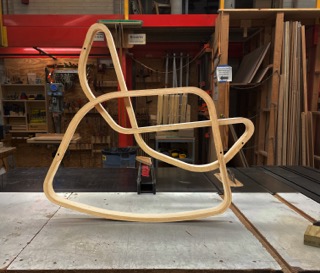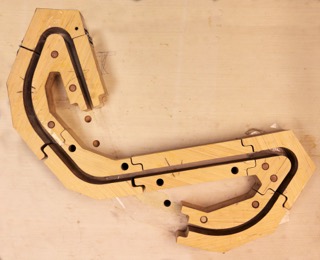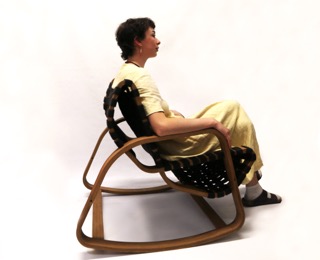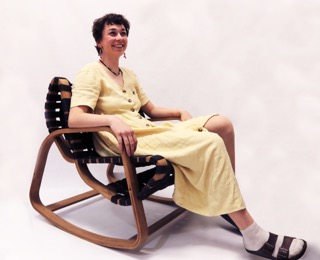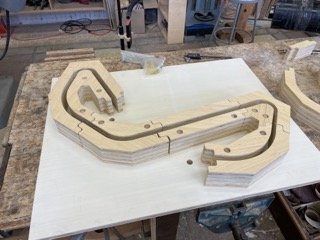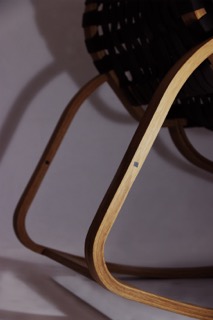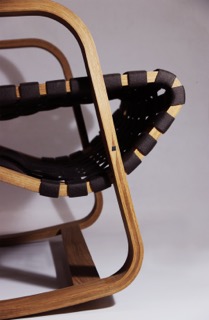Camber Chair
Hazel Froling (2023)“Camber Chair” began as an exploration into the complexities of furniture making and textile creation. Through physical investigations into materiality, process, and technique, Froling began to develop a method of work that involved steaming thin pieces of white oak, bending and clamping them around the formwork she created, then waiting several days before finally gluing them to each other.
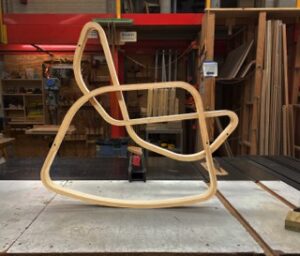
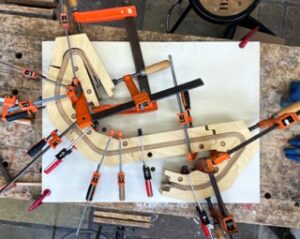
The tight curves found in this chair are rarely seen in furniture pieces today, especially chairs using the steam-bent lamination technique, due to their structural fallibility, and time-consuming nature. Therefore, Froling was tasked with developing an individualized process for the creation of the formwork, as well as the steaming and bending processes. Often taking a week to create one curved piece, this project was a test of patience and forethought, challenging Froling to become a meticulous planner.
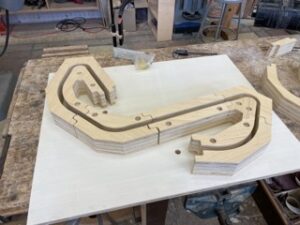
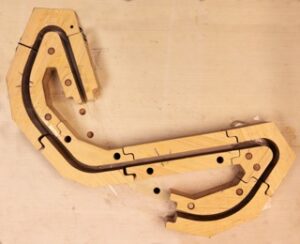
Traditional Japanese joinery techniques were researched and modified to accommodate the rocking motion of the chair, resulting in a more angular version of a “scarf joint”. The dark diamond of Brazilian cherry wood consists of two corresponding wedges, which are driven into the joint in order to create a structural point of connection.
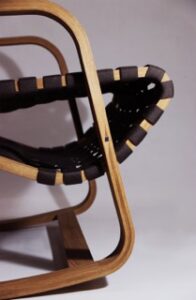
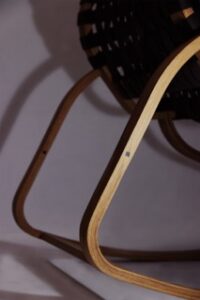
Through this project, Froling began to investigate the intersection between traditional furniture-making techniques and modern digitized processes. She broadened her preexisting knowledge of hand tools and traditional machines and began to utilize the CNC routers in conjunction with CAD software to create formwork that would produce precise and complex forms. In response to her initial research, which revealed that furniture making and textile creation are traditionally gendered roles, and rarely performed by the same person, she became interested in how these two processes could inform one another if they were done by the same person, challenging the idea of “women’s work”.
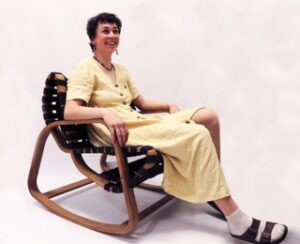
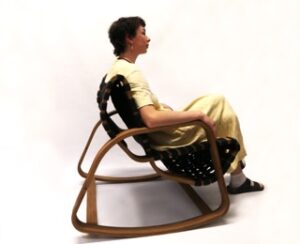
This project was made possible with support from the Frank-Ratchye Further Fund microgrant# 2023-024. Additional images can be found here.
